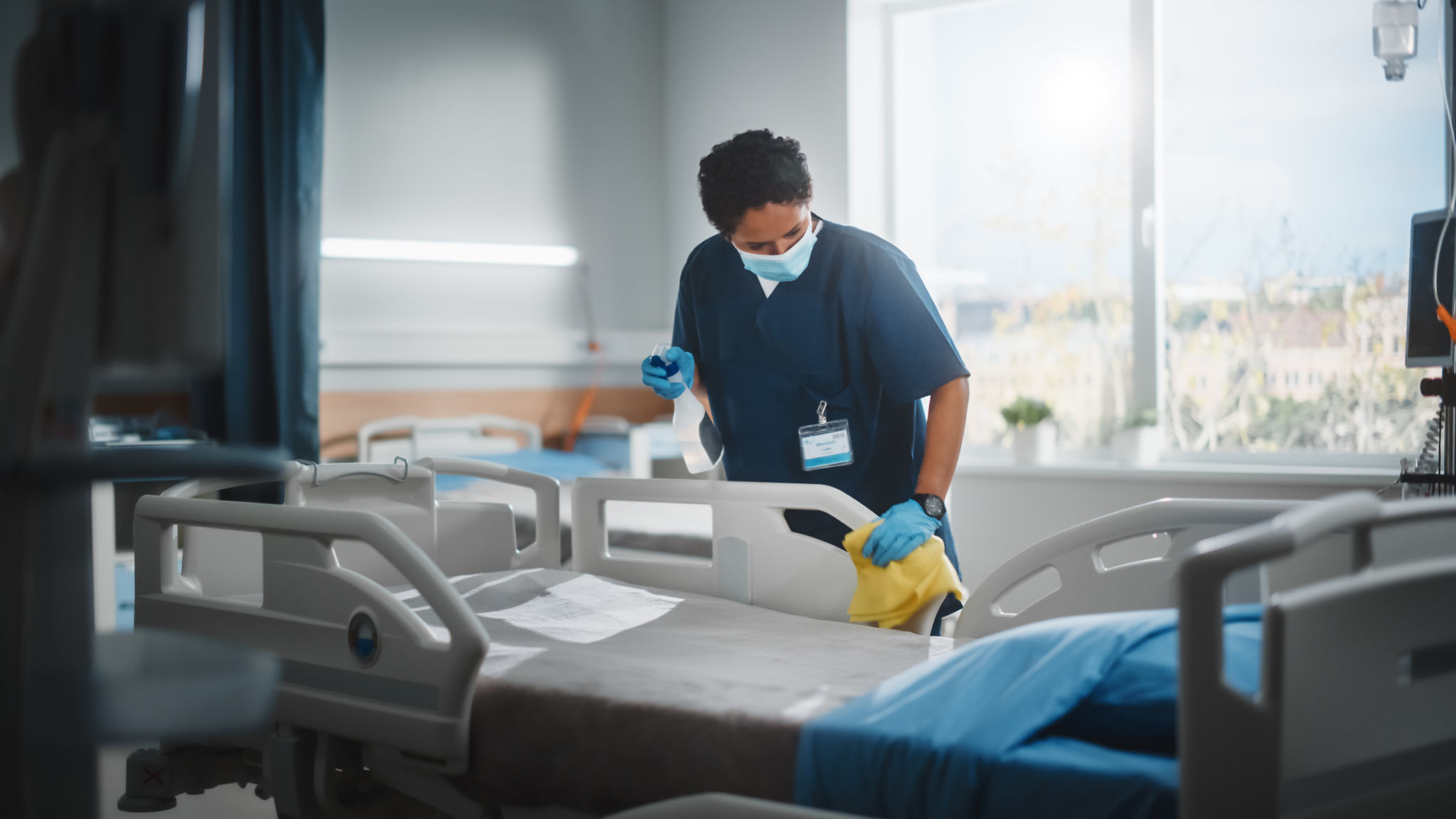The Importance of Cleaning in Medical Facilities: Ensuring Safety and Hygiene
Introduction to Medical Facility Cleanliness
In medical facilities, cleanliness is not merely a preference; it is a critical component of ensuring patient safety and hygiene. The importance of maintaining a sterile environment cannot be overstated, as it directly impacts patient outcomes and the overall effectiveness of healthcare delivery. From operating rooms to waiting areas, every corner of a healthcare facility must adhere to stringent cleaning protocols.

The Role of Cleaning in Infection Control
One of the primary reasons for maintaining cleanliness in medical facilities is infection control. Healthcare-associated infections (HAIs) pose a significant risk to patients, staff, and visitors. By implementing rigorous cleaning standards, medical facilities can significantly reduce the incidence of these infections. This involves not only regular cleaning but also the use of appropriate disinfectants and sterilization techniques.
Key Areas Requiring Special Attention
Certain areas within a medical facility require more frequent and thorough cleaning due to their high-risk nature. These areas include:
- Operating Rooms
- Intensive Care Units (ICUs)
- Emergency Rooms
- Laboratories
Each of these areas has specific cleaning protocols that must be followed meticulously to prevent the spread of infections.
The Impact on Patient Health and Safety
A clean medical facility not only helps in reducing infection rates but also contributes to the overall health and safety of patients. Patients recovering from surgeries or with compromised immune systems are particularly vulnerable to infections. Maintaining a hygienic environment ensures that these patients receive care in a safe setting, promoting faster recovery and reducing hospital readmission rates.

Staff and Visitor Safety
The safety of healthcare staff and visitors is equally important. Healthcare workers are on the front lines and are exposed to various pathogens daily. Proper cleaning protocols protect them from potential infections, ensuring they can continue to provide care without compromising their health. Similarly, a clean environment reassures visitors that their loved ones are receiving care in a safe place.
Best Practices for Cleaning in Medical Facilities
Implementing best practices for cleaning in medical facilities involves several key steps:
- Developing comprehensive cleaning protocols tailored to different areas.
- Training staff on proper cleaning techniques and the use of disinfectants.
- Regularly auditing cleaning processes to ensure compliance with health regulations.
- Utilizing advanced technologies such as UV light disinfection where applicable.

The Role of Management in Ensuring Cleanliness
Management plays a crucial role in maintaining cleanliness standards. They are responsible for allocating resources, providing necessary training, and ensuring that all staff understand the importance of adhering to established protocols. Regular inspections and feedback mechanisms can help identify areas for improvement, ensuring continuous enhancement of cleaning practices.
Conclusion
In conclusion, the importance of cleaning in medical facilities cannot be overstated. It is a fundamental aspect of healthcare that ensures the safety and well-being of patients, staff, and visitors alike. By committing to high standards of cleanliness and hygiene, medical facilities can provide safer environments that promote healing and protect against infections.
